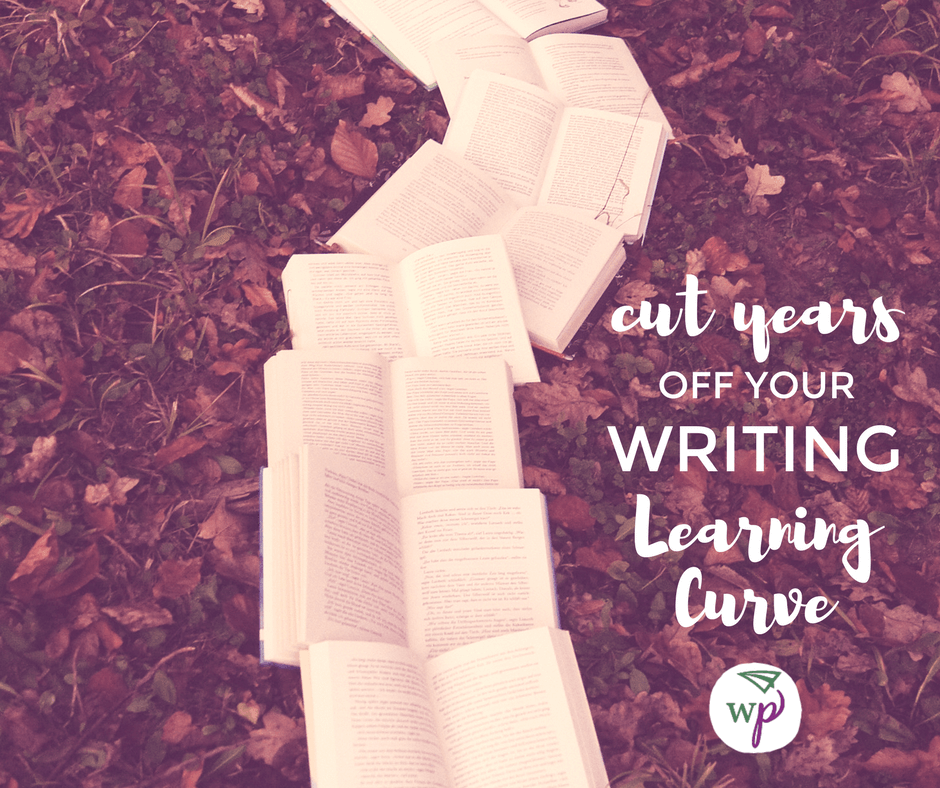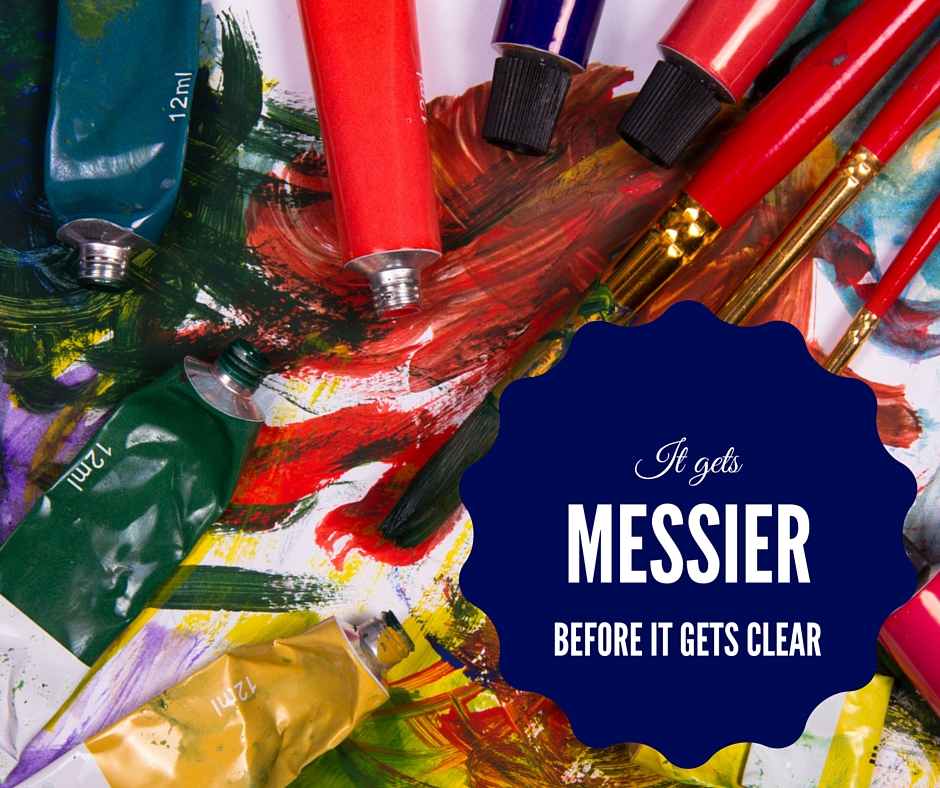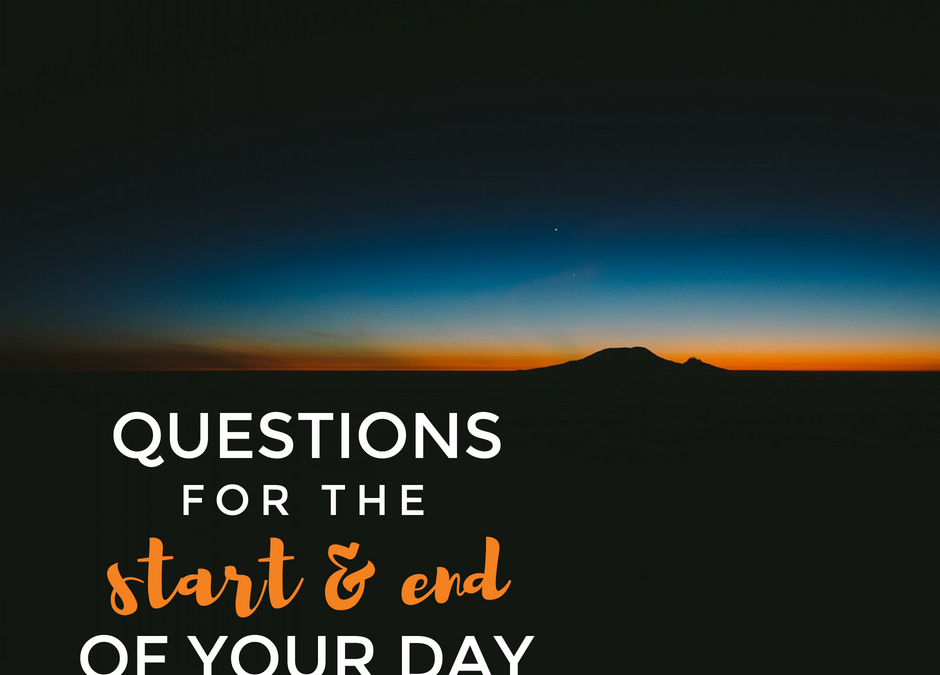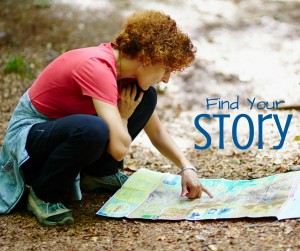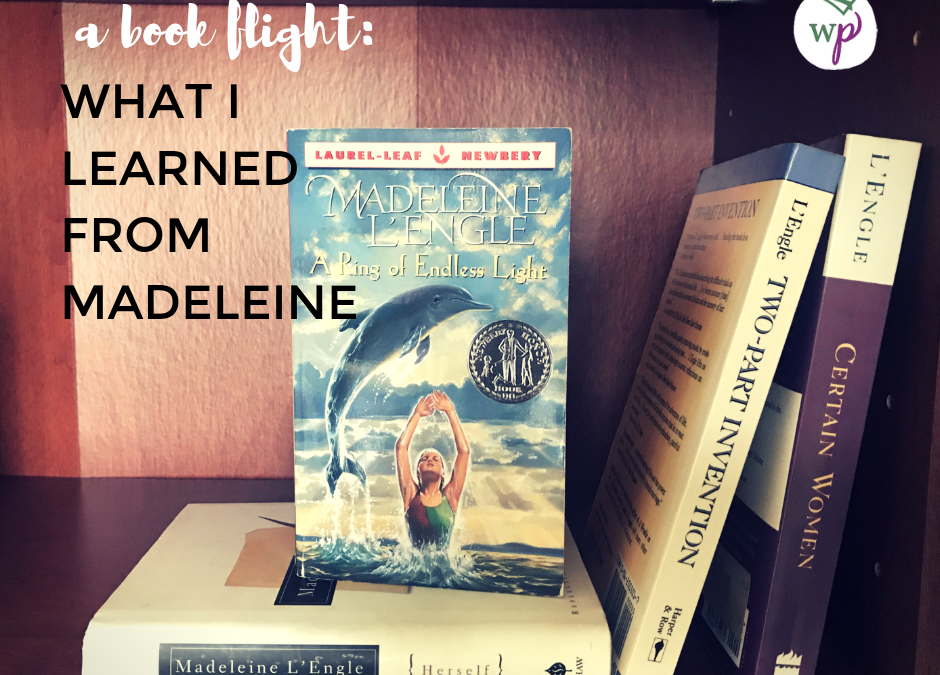
What I Learned from Madeleine – A Book Flight
Speak with me for more than twenty minutes, and you’ll likely hear me quote Madeleine L’Engle. Sometimes you find that author, thinker, or artist that challenges and inspires you in all the right ways. For me, that person is Madeleine.
I’ve chosen four titles for this flight: a collection of quotes from Madeleine’s many speeches and books, a memoir, a work of literary fiction for adults, and a Newbery Honor book for youth readers. While I’ll be delighted if this collection sends you straight to the library to pick up a L’Engle title, I hope it also inspires you to read a flight of books by one of your author-mentors. Examining an artist’s work over a range of genres offers a rich thinking experience, and provides insight into that ever-elusive question: What makes up a writer’s voice? As always, I wish you inspiration and joy as you savor your reading exploration.
What I Learned from Madeleine: A Book Flight
“In real play, which is real concentration, the child is not only outside time, he is outside himself… A child playing a game, building a sand castle, painting a picture, is completely in what he is doing… So, when we wholly concentrate, like a child in play, or an artist at work, then we share in the act of creating.”
Herself is my go-to book for words of wisdom about writing craft, and a writer’s life. Madeleine L’Engle said many times that she doesn’t teach writers to write. However, as Carole Chase writes in her introduction to the book, “As thousands of individuals who have say in her writing workshops and read her books over the past five decades will tell you, Madeleine may not teach people how to write but she certainly inspires them to unearth the writer within.” Whenever I need to dig deeper, stretch my courage, or be reminded why I write, I return to this book. Learn more here.
Two Part Invention by Madeleine L’Engle
“What I must learn is to love with all of me, giving all of me, and yet remain whole in myself. Any other kind of love is too demanding of the other; it takes, rather than gives. To love so completely that you lose yourself in another person is not good. You are giving a weight, not the sense of lightness and light that loving someone should give.”
As an artist, it can be easy to focus so much on a creation that I forget the most beautiful creation I’m making … my creative life. Two-Part Invention reminds me that our responsibility–and privilege–as artists is to live life meaningfully and with intention. While this book always makes me cry, it also brings me great joy. I read it regularly, because each time, it helps me become a better wife, friend, mentor, and writer. Learn more here.
Certain Women by Madeleine L’Engle
“We human beings grow through our failures, not our virtues.”
While I loved reading this book the first time through as a reader, I have returned to it multiple times as a writer. It’s a masterclass in crafting complex relationships on the page through dialogue, backstory, and action. As with everything else Madeleine L’Engle wrote, this book strikes a resonant chord with me, waking me up to a more fully present way of moving through each day. With each scene, she reminds me of how valuable each moment of our lives are. Live as an artist, live with intention, live with laughter and joy. Learn more here.
A Ring of Endless Light by Madeleine L’Engle
“If I’m confused, or upset, or angry, if I can go out and look at the stars I’ll almost always get back a sense of proportion. It’s not that they make me feel insignificant; it’s the very opposite; they make me feel that everything matters, be it ever so small, and that there’s meaning to life even when it seems most meaningless.”
Madeleine L’Engle often spoke and wrote about her characters as though they weren’t made of imagination, ink, and paper, but as though they’d arrived in her life as living, breathing people. Her characters are complicated, creative, and dealing with life’s highs and lows. I love how L’Engle blends light with darkness, joy with pain, making each more distinct in her work. In this, as in all of her other books, I find myself feeling life more deeply when I view it through the lens of her words. Learn more here.
Share Your Favorites, Too!
If you pick up the books in this flight – whether for the first or (like me) the thirtieth time – I’d love to hear what thoughts they spark for you. If you have a favorite author who writes across genres, and who inspires you, please don’t hesitate to introduce me and the entire Writerly Play community! Tag me on Twitter or Instagram, and let’s chat. Happy reading!

